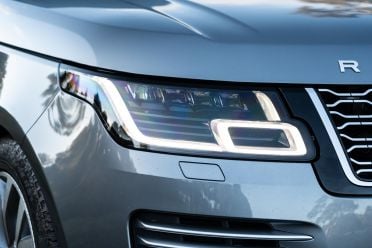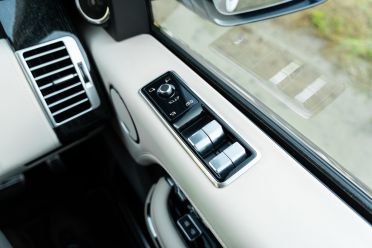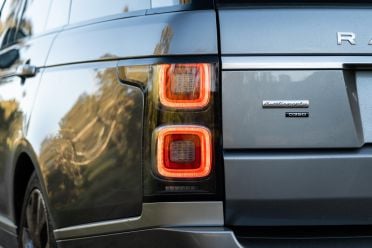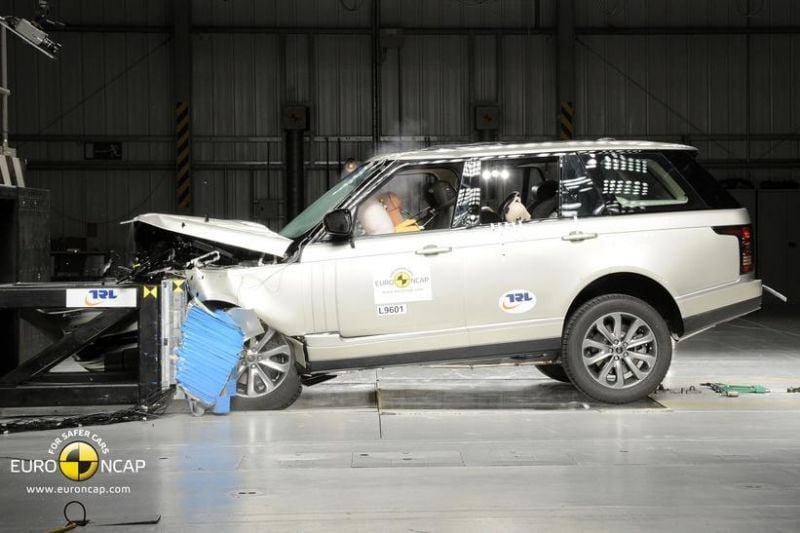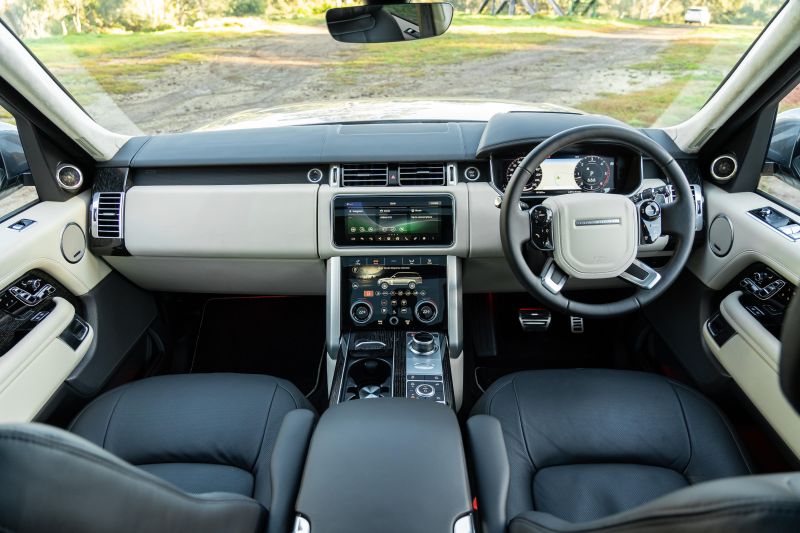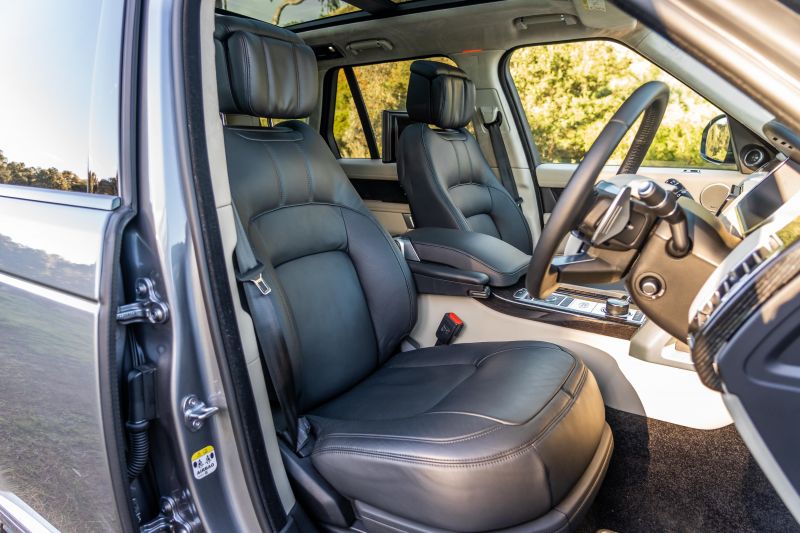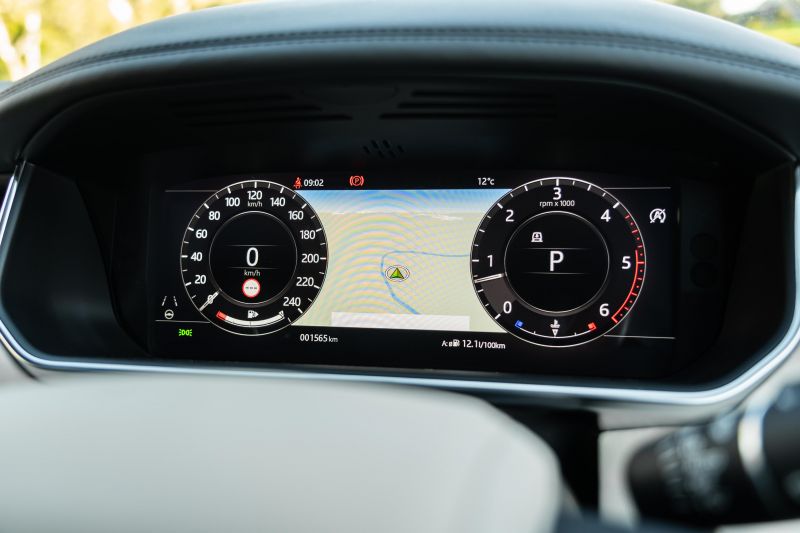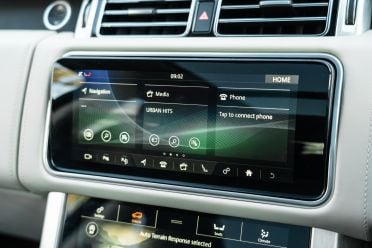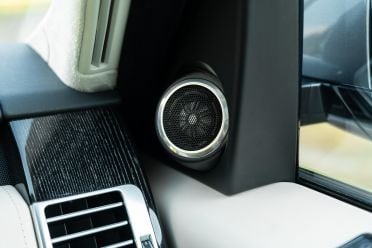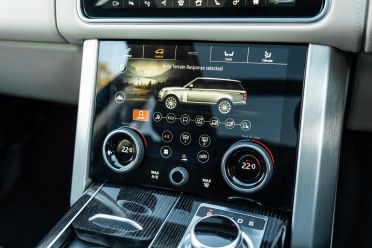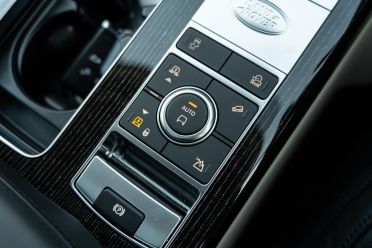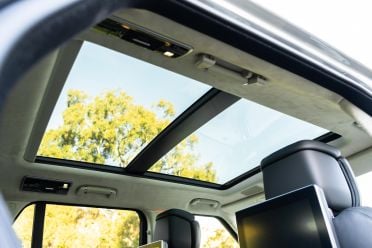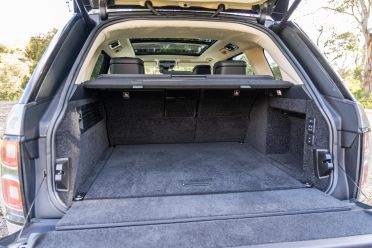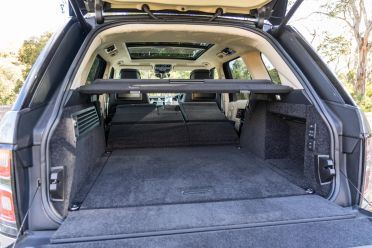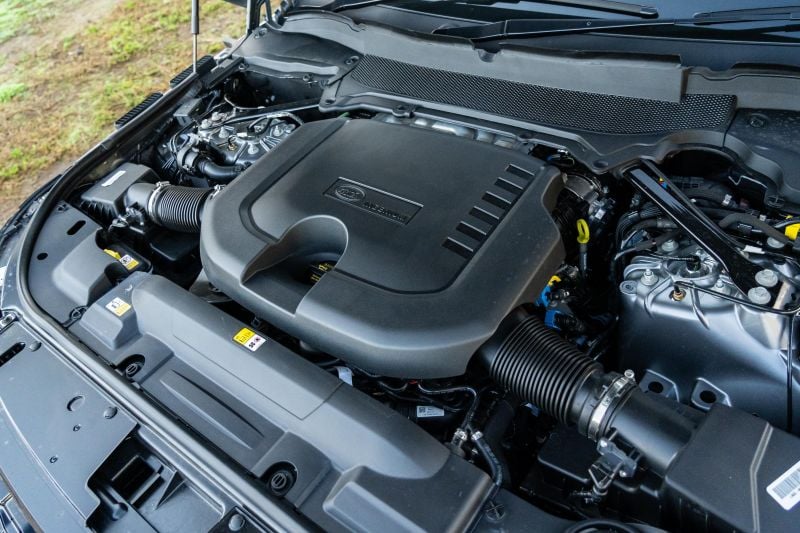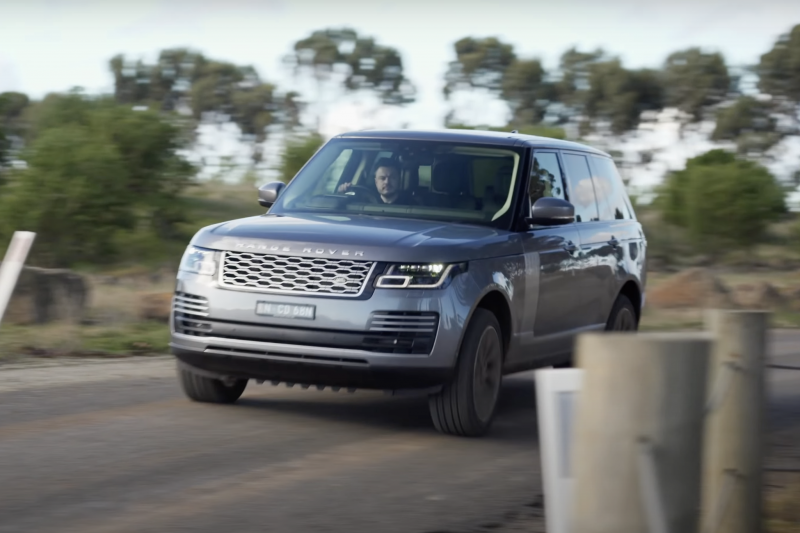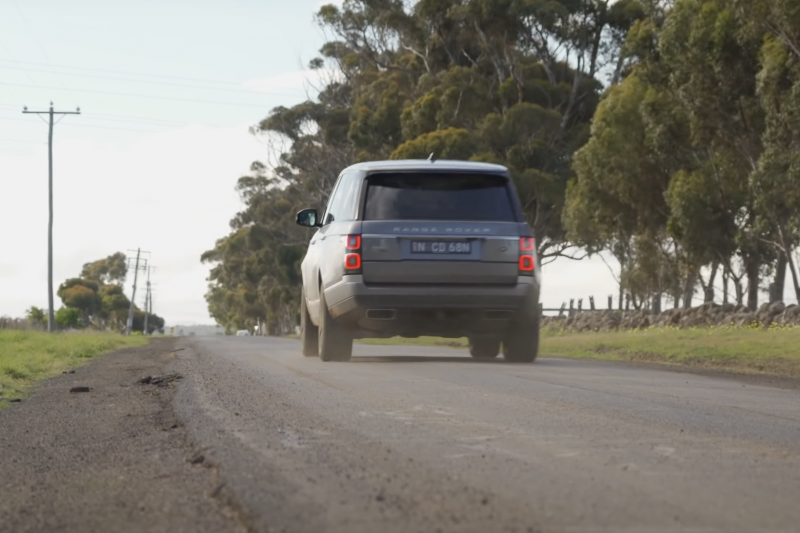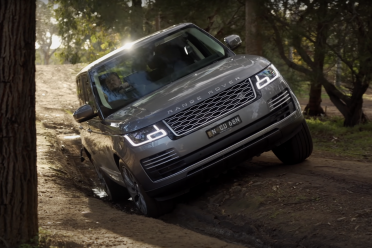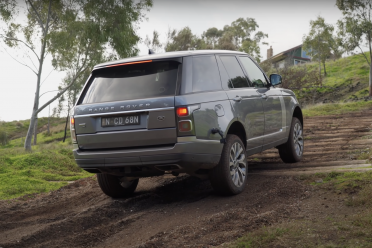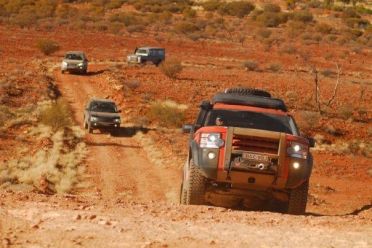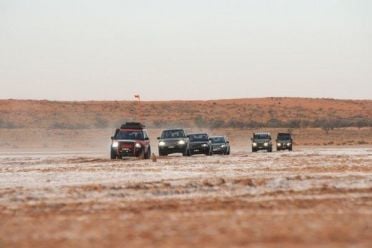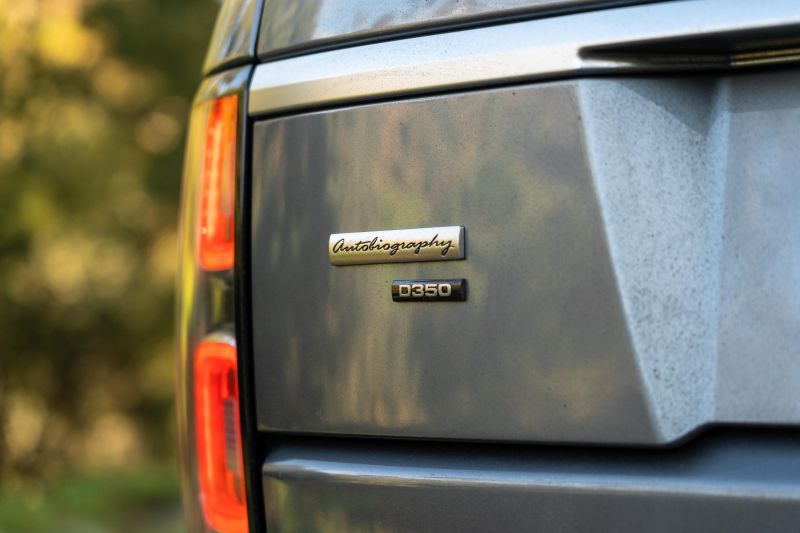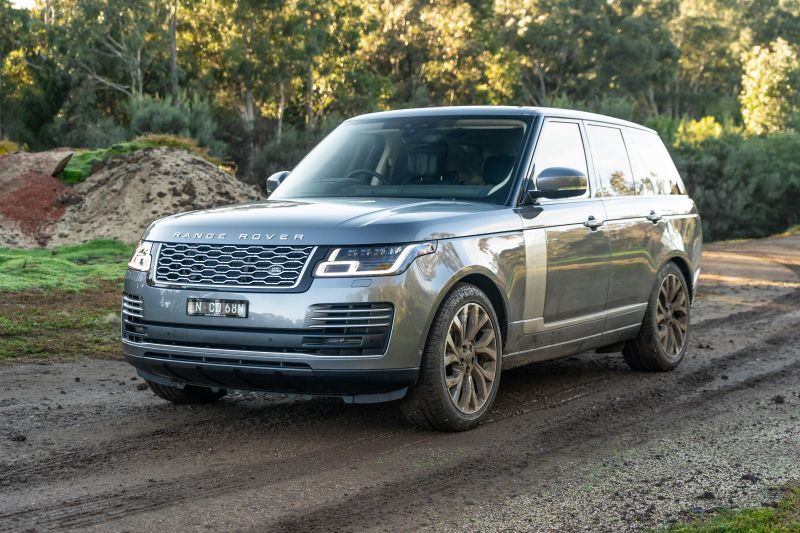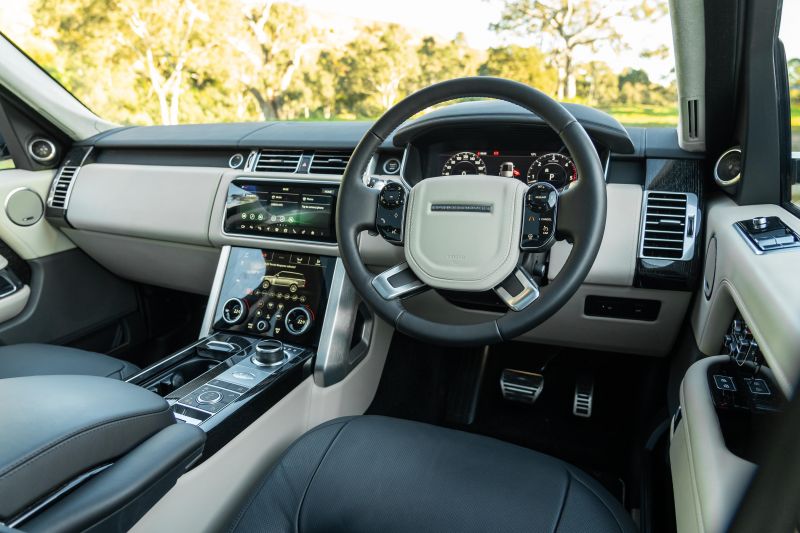There’s an all-new Range Rover just around the corner, so we thought we’d have one last drive of the 2021 Range Rover before we see it off for the brand’s latest luxury creation.
Despite the platform’s age, it’s a vehicle that still offers a commanding presence and stands out regardless where it’s driven.
With an expected price hike with the all-new Range Rover, is it worth buying the current model before it gets replaced? We get behind the wheel to find out.

How much does the Range Rover D350 Autobiography cost?
The 2021 Range Rover line-up kicks off from $200,876 plus on-road costs for the entry-level Range Rover D300 Vogue.
It goes all the way up to $408,444 plus on-roads for the Range Rover P565 SVAutobiography long-wheelbase.
The specification tested here is the 2021 Range Rover D350 Autobiography in standard wheelbase trim, coming in at $266,084 plus on-roads. Our vehicle had a few options fitted that added an additional $9000 to the asking price.
There are 10 colours available. All but three premium colours are an additional $1870, the others are free of charge. You can also spoil yourself with custom SVO colours that can add up to $17,000.
What do you get?
As you’d expect, there’s a healthy list of standard equipment on the Autobiography. It sits at the top of the tree for the standard wheelbase variants (above the Vogue and Vogue SE models).
Standard external features include 21-inch alloy wheels, Matrix LED headlights, LED headlights and tail lights, air suspension, privacy glass, front and rear fog lights, headlight washers and power door closers.
Inside the cabin it’s standard luxury fare, including 20-way electrically-adjustable front seats with heating, cooling and massage functions, a heated steering wheel, centre fridge, quad-zone automatic climate control, suede headliner, electric second-row seat adjustment, a 19-speaker Meridian-branded sound system, AM/FM and DAB+ digital radio, as well as television tuner.
As always, there are a stack of options to choose from to further personalise your Range Rover. Our example had a rear seat entertainment system, the leisure activity key, Argento pin-striping, cabin ionisation and a sliding panoramic roof, all up adding around $9000 to the asking price.
Is the Range Rover D350 Autobiography safe?
The Range Rover was crash tested when this generation first launched in 2013, but hasn’t been tested since.
When it was originally tested it scored a five-star ANCAP rating based on Euro NCAP testing, with a 91 per cent score for adult occupant protection, 84 per cent for child occupant protection, 63 per cent for pedestrian protection and 86 per cent for safety assist.
This rating only applies to TDV6 variants of the Range Rover sold in Australia between 2013 and July 2020 – meaning the various other powertrain variants that have been available over the years remain unrated, including the model you see here.
It comes standard with low- and high-speed autonomous emergency braking, blind-spot monitoring, rear cross-traffic alert, lane-keep assist, lane departure warning and rollover protection.
What is the Range Rover D350 Autobiography like on the inside?
As you’d expect, sitting inside the Range Rover makes you feel good. It’s opulent, luxurious and makes you feel very comfortable spending this level of money.
It’s strange because when you drive it, it has this commanding position that allows the car to shrink around you and make you feel like you’re the king of the road.
It’s touches like the adjustable centre armrest, the perfectly placed door arm rest and high seating position that make you feel right at home.
The seats are comfortable and supportive, with a massage function to help take the edge off a hard day at the office. Not sure about you, but I find these pretty ineffective in most cars. They don’t offer enough punch to make you feel like they’re actually doing something.
Central to the cabin is a high-mounted centre console that contains a fridge for cooling food and drinks. Ahead of that is a set of cup holders with a retractable lid and adjacent to those are the four-wheel drive controls and rotary gear selector.
With an all-new Range Rover due later in 2021, Land Rover hasn’t upgraded the infotainment system in line with other models like the Defender, which means buyers are lumped with the older and quickly-dating InControl Touch Duo system.
It consists of a pair of 10-inch displays – one that drives the infotainment system and another that drive’s the vehicle’s climate and off-road controls. It’s a great looking setup, but the infotainment system is laggy and feels well and truly behind the pace of JLR’s latest Pivi Pro system.
Despite the lagginess, it does come with AM, FM and DAB+ digital radio, a television tuner, as well as Apple CarPlay and Android Auto (both wired).
Paired to that is a 19-speaker Meridian-branded sound system. It’s an excellent sound system and makes the cabin feel like a high-end theatre as opposed to a form of transport.
In the second row there’s a large electrically-adjustable centre console that acts as an arm rest, but also contains a storage nook for odds and ends, along with two cup holders.
The optional rear-seat entertainment system can be controlled using the touchscreen or via a remote control housed within the centre armrest. There are wireless headphones to ensure an added layer of privacy.
Both outboard seats are heated and cooled, and offer electric adjustment for better comfort. While the middle seat is usable, the seat base itself is quite firm and acts as a ledge for the centre armrest once folded.
Rear-seat passengers can also control audio volume, the sunblind and also have the ability to open one or both of the rear windows from either side of the car.
While it’s an opulent place to be, I found there was a lack of leg and toe room. I almost felt wedged into the space and while the driver’s seat was quite far back, you’d expect to be able to stretch out in the back of a Range Rover. Luckily, there is a long-wheelbase version available, which solves those issues.
Cargo volume comes in at 639 litres with the second row in place and expands to 1943 litres with the second row folded. While the second row folds most of the way, it doesn’t quite fold completely flat.
Beneath the cargo floor is a full-sized spare wheel. There are also controls that allow the rear of the car to be raised or lowered to further ease the loading of cargo. You’ll also find a split tailgate – the perfect tool for watching sports from the back of your big SUV.
What’s under the bonnet?
Powering the D350 Range Rover specification is a 3.0-litre six-cylinder twin-turbocharged diesel engine that produces 258kW of power and 700Nm of torque.
There’s a mild-hybrid system that uses energy that would otherwise be lost as heat during the deceleration process to act as a starter and also a torque aid.
The 48-Volt system can charge a compressor to pre-spin the forced induction system and provide torque aid to the crank during acceleration. These are all things that would otherwise require energy from the engine to achieve.
It’s mated to an eight-speed automatic transmission and will move from 0-100km/h in 7.1 seconds.
It weighs a hefty 2283kg (kerb) and while Land Rover claims a combined fuel economy of 8.4 litres per 100km, we achieved 16.0L/100km during our mixed testing. It ended up settling after some more highway driving, but ultimately city driving really let it down.
It sends torque to all four wheels constantly and also comes with an electronic rear and centre differential lock for off-road driving (more on this later).
How does the Range Rover D350 Autobiography drive?
The Range Rover has always been about being the biggest and the best, and this current version is no exception to that rule.
When you switch it on, the diesel is more refined that any other diesel we’ve experienced before. It’s quiet and suppresses that agricultural clatter you would normally associate with a diesel engine.
Mated to this eight-speed torque converter automatic, it’s also smooth once you start moving. Gear shifts are gentle and there’s a huge amount of shove if you get stuck into the throttle.
Peak torque comes in from 1500rpm all the way through to 3000rpm, so there’s always a solid slab of torque available. You rarely need to dive back through gears to get it moving – there’s always grunt there.
Smoothness also continues over in the ride department. Despite riding on 21-inch alloy wheels, the ride is silky smooth. Air suspension with adaptive damping ensures the ride is always compliant, regardless of the surface.
The drive out to our four-wheel drive testing ground is a single lane country road with varying levels of corrugations and undulations. In most vehicles it becomes unsettling, but the Range Rover continuously soaks it up without any dramas.
It’s an overused cliche, but it genuinely rides like a magic carpet – that’s how good it is.
That of course means it’s not the most dynamic car in the world. There’s a noticeable amount of body roll and it will tend to understeer before it does anything else, but only so much can be expected from a circa-2300kg beast.
Most surprising to me was how dynamic and tactile the diesel engine is. I remember being impressed with the old diesel V8, but this six-cylinder unit gives you that feel-good experience deep in your guts when you sink the boot in.
It’s not just on-road that the Range Rover excels. We had the chance to do some light off-roading and it comes equipped with all of the gear you need to really go places.
That means an approach angle of 24 degrees, a departure angle of 23.5 degrees, ground clearance of 220mm (goes up to almost 300mm when in full ride height mode) and a wading depth of 900mm.
It also has centre and rear differential locks, a low range transfer case and Land Rover’s Terrain Response system that automatically selects the stability control and four-wheel drive control setting for optimum off-roading.
While you may need some meatier all-terrain tyres to get you proper off-road, the standard setup will see you tackling some pretty hairy terrain before the going gets tough.
I remember doing a trip from Birdsville to Broome with Land Rover about 15 years ago in everything from the Freelander 2 to the Defender (plus the Range Rover Sport and Vogue) and these things are virtually unstoppable with the right tyres fitted.
How much does the Range Rover D350 Autobiography cost to run?
The Range Rover comes with a five-year, unlimited-kilometre warranty.
Servicing is complimentary for five years or 130,000km, and service intervals aren’t fixed – the car will tell you when certain items need to be replaced.
Complimentary servicing is a saving of around $2000 over a five-year period given previous packaged servicing costs.
CarExpert’s Take on the Range Rover D350 Autobiography
Yes, the Range Rover is getting on now. But, like fine wine, it’s only gotten better with age.
It’s a vehicle that has retained its allure and presence, and it still feels just as luxurious and upmarket as it did the day it was launched.
It’s let down by a dated infotainment system and a lack of room in the second row (which is surprising for a vehicle this size). The first part can’t really be solved that easily, but you can add room by going to the long-wheelbase model.
With the all-new Range Rover likely to take a big hike in terms of price, now could be the time to get behind the wheel of a car you never knew you wanted.
Click the images for the full gallery
MORE: Everything Range Rover










